

Articles
How Often Should You Clean Water Dispenser
Modified: January 19, 2024
Discover how often you should clean your water dispenser with our informative articles. Keep your dispenser clean and your water pure for ultimate refreshment.
(Many of the links in this article redirect to a specific reviewed product. Your purchase of these products through affiliate links helps to generate commission for Storables.com, at no extra cost. Learn more)
Introduction
Welcome to the world of water dispensers! These convenient appliances provide an easy and efficient way to access chilled and hot water for drinking, cooking, and more. However, like any other household appliance, water dispensers require regular cleaning to maintain their performance, functionality, and most importantly, to ensure the water you consume is safe and free from contaminants.
In this article, we will explore the importance of regular cleaning for water dispensers, discuss factors to consider when determining cleaning frequency, provide general guidelines for cleaning, highlight signs that indicate cleaning is needed, and offer step-by-step instructions for a thorough cleaning. We will also share some helpful tips for maintaining a clean water dispenser.
So, if you have a water dispenser or are considering getting one, read on to discover how to keep it clean and functioning optimally.
Key Takeaways:
- Regular cleaning of water dispensers is crucial to prevent bacteria, mold, and mineral deposits, ensuring safe, refreshing water and optimal appliance performance.
- Factors like usage frequency, water source, and visible signs of contamination determine the cleaning frequency, while following general guidelines and tips maintains a clean water dispenser for long-term enjoyment.
Read more: How Often Should You Clean A Kitchen?
Importance of Regular Cleaning for Water Dispensers
Regular cleaning of water dispensers is vital for several reasons. Firstly, it helps prevent the build-up of bacteria, mold, and other harmful microorganisms that can contaminate the water. Over time, these contaminants can multiply and thrive in the damp and dark environment inside the dispenser, posing a health risk to anyone who consumes the water.
Secondly, cleaning helps remove any mineral deposits or sediments that may accumulate in the dispenser’s reservoir or on the dispenser’s spout. These deposits can affect the taste and quality of the water, giving it an unpleasant odor or taste.
Furthermore, a clean water dispenser ensures the longevity of the appliance. Regular cleaning can help prevent clogs or malfunctions caused by the accumulation of debris, ensuring the dispenser continues to work efficiently and effectively.
Not only does regular cleaning maintain the functionality and hygiene of the water dispenser, but it also provides peace of mind. Knowing that you are consuming clean, safe water can alleviate any concerns about potential health risks.
It is worth noting that the importance of regular cleaning is not solely applicable to water dispensers used in homes. Public spaces, such as offices, schools, and healthcare facilities, also need to prioritize the cleaning and maintenance of water dispensers to uphold proper sanitation standards.
To reap the benefits of a clean and safe water dispenser, it is essential to determine the frequency of cleaning based on various factors. Let’s explore these factors in the next section.
Factors to Consider in Determining Cleaning Frequency
The frequency with which you should clean your water dispenser depends on several factors. By considering these factors, you can determine the appropriate cleaning schedule that will keep your dispenser in optimal condition. Here are some key factors to consider:
- Usage Frequency: The more frequently you use your water dispenser, the more frequently it should be cleaned. High-traffic areas or households with multiple users may require more frequent cleaning compared to those with lower usage.
- Water Source: The source of the water can impact how often the dispenser needs cleaning. If you are using tap water, which may contain higher levels of minerals or impurities, more frequent cleaning may be necessary. On the other hand, if you are using filtered or purified water, cleaning may be required less often.
- Environmental Conditions: Factors such as temperature, humidity, and air quality can affect the growth of bacteria and mold. In humid environments or areas with poor air quality, it may be necessary to clean the water dispenser more frequently to prevent the growth of harmful microorganisms.
- Manufacturer’s Recommendations: Consult the manufacturer’s guidelines for your specific water dispenser model. They may provide recommendations on cleaning frequency and procedures to follow.
- Visible Signs of Contamination: Keep an eye out for any visible signs that indicate the dispenser needs cleaning. These signs may include mold or mildew growth, unpleasant odor or taste, or visible particles in the water.
By considering these factors, you can establish a regular cleaning routine that aligns with the specific needs of your water dispenser. However, there are some general guidelines you can follow for cleaning water dispensers, which we’ll explore in the next section.
General Guidelines for Cleaning Water Dispensers
When it comes to cleaning your water dispenser, following a set of general guidelines can help ensure a thorough and effective cleaning process. Here are some essential steps to follow:
- Read the Manual: Start by referring to the manufacturer’s manual for specific cleaning instructions and recommendations. Different models may have varying cleaning requirements or restrictions, so it’s essential to familiarize yourself with the manual.
- Unplug and Empty: Before you begin cleaning, unplug the water dispenser from the power source and empty any remaining water from both the cold and hot water reservoirs. This step ensures your safety and prevents any accidental spills during the cleaning process.
- Remove and Clean Removable Parts: If your water dispenser has removable parts such as the drip tray, water guard, or water bottle cap, remove them and clean them separately. Wash these parts with warm soapy water, rinse thoroughly, and let them dry before reattaching them.
- Prepare a Cleaning Solution: Create a cleaning solution by mixing equal parts of white vinegar and water. Vinegar is a natural disinfectant that can effectively eliminate bacteria and scale buildup in the dispenser.
- Clean the Reservoirs: Pour the cleaning solution into the water reservoirs and use a brush or sponge to scrub the interior surfaces, including the walls and the spout openings. Pay extra attention to any areas with visible stains or buildup. Let the solution sit for a few minutes to allow it to dissolve any deposits.
- Rinse Thoroughly: After scrubbing the reservoirs, thoroughly rinse them with clean water to remove any remaining cleaning solution or debris. Ensure there are no traces of vinegar left, as it can affect the taste and quality of the water.
- Wipe the Exterior: Use a soft cloth dampened with water to wipe the exterior surfaces of the dispenser, including the control panel, buttons, and handles. Be cautious not to let any water enter the electrical components.
- Replace Filters or Cartridges: If your water dispenser is equipped with filters or cartridges, follow the manufacturer’s instructions for replacing them. Regular filter replacements are essential to maintain the quality of the dispensed water.
- Allow to Dry: Once you have completed the cleaning process, allow the water dispenser to dry completely. This will prevent moisture buildup and minimize the risk of mold or bacteria growth.
Following these general guidelines on a regular basis will help keep your water dispenser clean and sanitary. However, it’s also essential to be aware of signs that indicate when cleaning is needed. Let’s explore these signs in the next section.
Clean your water dispenser every 3 months to prevent bacteria growth and ensure clean, safe drinking water. Use a mixture of vinegar and water to clean the reservoir and replace the filter regularly.
Signs that Indicate Cleaning is Needed
Regular cleaning of your water dispenser is important, but how do you know when it’s time to clean it? Here are some signs that indicate cleaning is needed:
- Visible Stains or Deposits: If you notice any visible stains, discoloration, or scale deposits on the interior surfaces of the reservoirs or the spout, it’s a clear sign that cleaning is necessary. These deposits can affect the taste and quality of the water.
- Unpleasant Odor or Taste: If the water dispensed from your water dispenser has an unusual or unpleasant odor or taste, it could indicate the presence of bacteria or mold. Cleaning the dispenser can help eliminate these contaminants and restore the freshness of the water.
- Mold or Mildew Growth: Any signs of mold or mildew growth inside or around the dispenser, such as black spots or musty odor, should not be ignored. These are clear indications of a need for immediate cleaning to prevent the spread of harmful microorganisms.
- Poor Dispensing Performance: If the water dispenser is not dispensing water as efficiently as before, it may be due to clogs caused by mineral deposits or debris. Cleaning the dispenser can help restore proper flow and performance.
- Inconsistent Water Temperature: If the hot water from your dispenser is not reaching the desired temperature or the cold water is not as chilled as it should be, it may be a result of mineral buildup or a malfunctioning component. Cleaning the dispenser can help resolve these issues.
- Manufacturer’s Recommended Cleaning Interval: Some water dispenser models come with a recommended cleaning interval suggested by the manufacturer. If your dispenser has a specific cleaning schedule outlined in the user manual or guidelines, it’s important to follow it to maintain the optimal functioning of the appliance.
By staying vigilant and being aware of these signs, you can ensure that your water dispenser is always clean and providing safe, high-quality water for you and your family. In the next section, we will provide step-by-step instructions on how to clean a water dispenser.
Read more: How Often Should You Water Lavender Seeds
Step-by-Step Instructions for Cleaning a Water Dispenser
Cleaning a water dispenser may seem like a daunting task, but with the right approach, it can be a straightforward process. Follow these step-by-step instructions to clean your water dispenser effectively:
- Unplug the Water Dispenser: Start by unplugging the dispenser from the power source to ensure your safety during the cleaning process.
- Empty the Reservoirs: Remove any remaining water from both the cold and hot water reservoirs. Dispose of the water properly.
- Remove Removable Parts: Take out any removable parts of the dispenser, such as the drip tray, water guard, or water bottle cap.
- Prepare a Cleaning Solution: Mix equal parts of white vinegar and water to create a cleaning solution. This solution will help disinfect and remove mineral deposits from the dispenser.
- Clean the Removable Parts: Soak the removable parts in the cleaning solution for a few minutes. Use a brush or sponge to scrub away any stains or debris. Rinse the parts thoroughly with clean water and let them dry completely.
- Clean the Reservoirs and Spout: Pour the cleaning solution into the reservoirs. Use a long bottle brush or sponge to scrub the interior surfaces, including the walls and the spout openings. Pay attention to any areas with visible stains or buildup.
- Rinse the Reservoirs: Rinse the reservoirs with clean water to remove any traces of the cleaning solution or debris. Make sure to thoroughly rinse to prevent the vinegar odor or taste from remaining.
- Wipe the Exterior: Use a soft cloth dampened with water to wipe the exterior surfaces of the dispenser, including the control panel, buttons, and handles. Avoid letting moisture enter electrical components.
- Reassemble the Dispenser: Once all the parts are clean and dry, reassemble the dispenser, including the removable parts, and ensure they are correctly in place.
- Plug in and Test: Plug the water dispenser back into the power source and test it to ensure it is functioning properly and dispensing clean water.
It is recommended to clean your water dispenser at least once every three months. However, if you notice any signs of contamination or if the manufacturer’s guidelines suggest a different cleaning frequency, adjust your cleaning schedule accordingly.
By following these step-by-step instructions, you can maintain a clean and safe water dispenser for your everyday hydration needs.
Tips for Maintaining a Clean Water Dispenser
In addition to regular cleaning, there are several tips you can follow to keep your water dispenser in optimal condition and maintain its cleanliness. Incorporate these practices into your routine to ensure a consistently clean and safe water dispenser:
- Use Filtered Water: Consider using filtered or purified water in your dispenser to reduce the accumulation of mineral deposits and impurities. This can help prolong the time between cleanings.
- Replace Filters Regularly: If your water dispenser has a filtration system, follow the manufacturer’s recommendations for replacing the filters. Regular filter replacements are essential to maintain the quality of the dispensed water.
- Empty and Refill Regularly: Empty and refill the water reservoirs on a regular basis, even if the dispenser is not in regular use. This helps prevent stagnant water and reduces the likelihood of bacterial growth.
- Maintain a Clean Environment: Keep the area around the water dispenser clean and free from dust, debris, and moisture. Regularly dust the exterior surfaces and ensure there are no spills or leaks that could lead to mold or mildew growth.
- Discard Expired Bottles: If you use water bottles in your dispenser, make sure to check the expiration dates and discard any bottles that have passed their expiry. Expired bottles may contain impurities or bacteria that could contaminate the water.
- Regularly Clean Drip Trays: Clean the drip tray and remove any accumulated water or debris. This prevents the growth of bacteria and minimizes the risk of odors or mold formation.
- Perform Routine Maintenance: Regularly check for any leaks, unusual noises, or malfunctioning parts in your water dispenser. Address any issues promptly to prevent further damage and ensure the dispenser is functioning properly.
- Safe Storage during Inactivity: If you plan to store your water dispenser for an extended period, make sure to empty and clean it thoroughly. Store it in a cool and dry place to prevent the growth of mold or mildew.
- Regularly Inspect Water Source: If you use tap water in your dispenser, periodically assess the quality of your water source. If you notice any changes in taste or quality, consider using a different water source or implementing additional filtration measures.
- Follow Manufacturer’s Guidelines: Always refer to the manufacturer’s guidelines and instructions for cleaning and maintenance. They provide valuable insights into the specific requirements of your water dispenser model.
By implementing these tips, you can maintain a clean and well-functioning water dispenser, ensuring that you have access to safe and refreshing water whenever you need it.
Conclusion
Maintaining a clean and sanitary water dispenser is essential for both your health and the longevity of the appliance. By following the guidelines and tips discussed in this article, you can ensure that your water dispenser is always in optimal condition, providing you with safe and refreshing water.
Regular cleaning, based on factors such as usage frequency, water source, and environmental conditions, is key to preventing the accumulation of bacteria, mold, and mineral deposits. Additionally, paying attention to signs such as visible stains, unpleasant odor or taste, and poor dispensing performance will help you identify when cleaning is needed.
By following the step-by-step instructions provided, you can effectively clean your water dispenser and maintain its cleanliness. Remember to unplug the dispenser, empty the reservoirs, clean removable parts, use a cleaning solution, and rinse thoroughly. Wiping the exterior and regularly replacing filters will further contribute to a clean and well-maintained dispenser.
To maintain a clean water dispenser in the long term, incorporate the suggested tips into your routine. Using filtered water, regularly emptying and refilling the reservoirs, and maintaining a clean environment around the dispenser will help prevent contamination. Additionally, performing routine maintenance, safe storage during inactivity, and following the manufacturer’s guidelines will ensure optimal functioning and longevity.
Remember, a clean water dispenser not only provides on-demand access to safe drinking water but also offers peace of mind. By prioritizing regular cleaning and maintenance, you can enjoy the benefits of a clean and efficient water dispenser for years to come.
So, take the time to clean your water dispenser regularly, follow the recommended guidelines, and enjoy the pure and refreshing water it provides.
Frequently Asked Questions about How Often Should You Clean Water Dispenser
Was this page helpful?
At Storables.com, we guarantee accurate and reliable information. Our content, validated by Expert Board Contributors, is crafted following stringent Editorial Policies. We're committed to providing you with well-researched, expert-backed insights for all your informational needs.
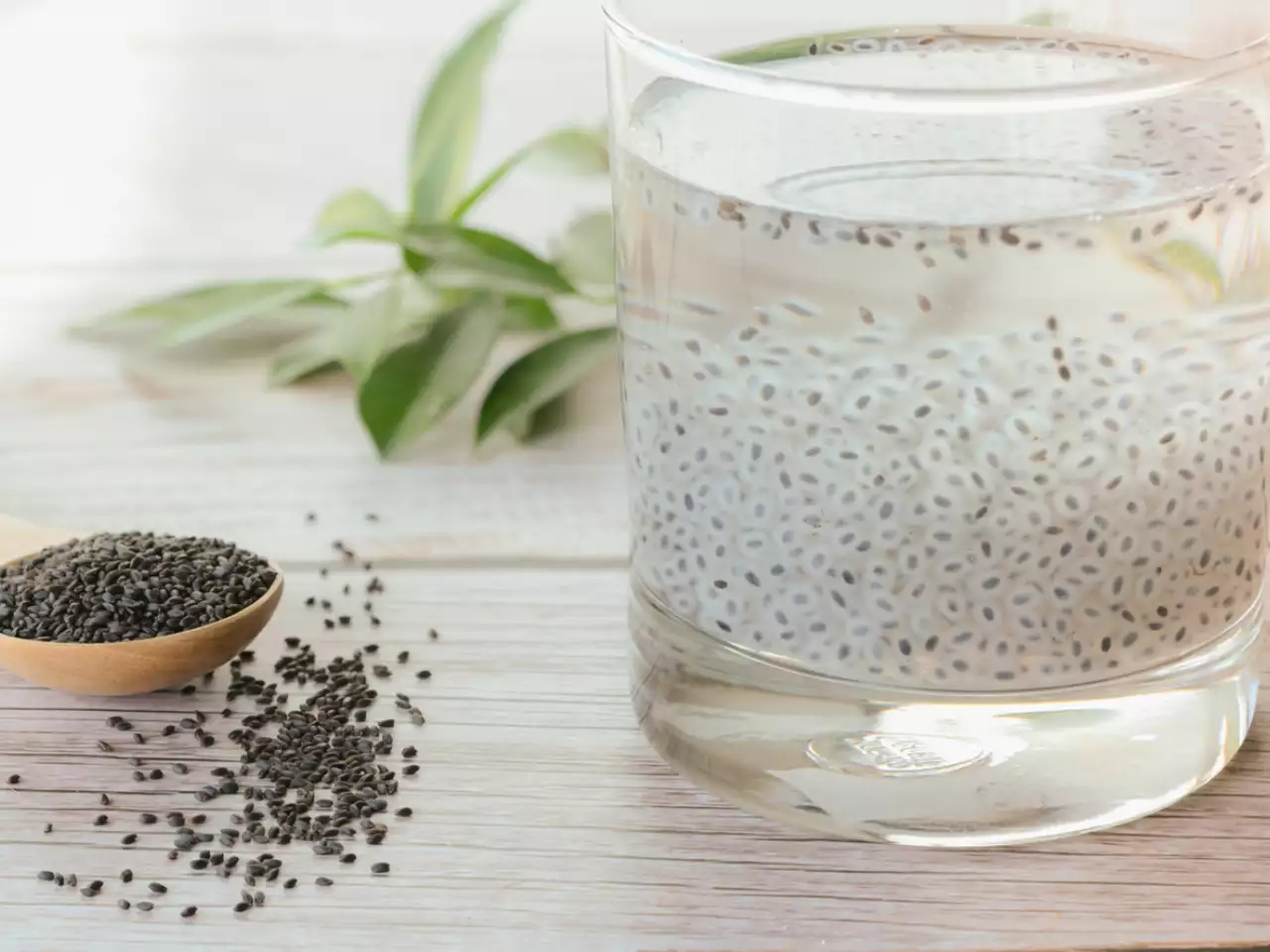
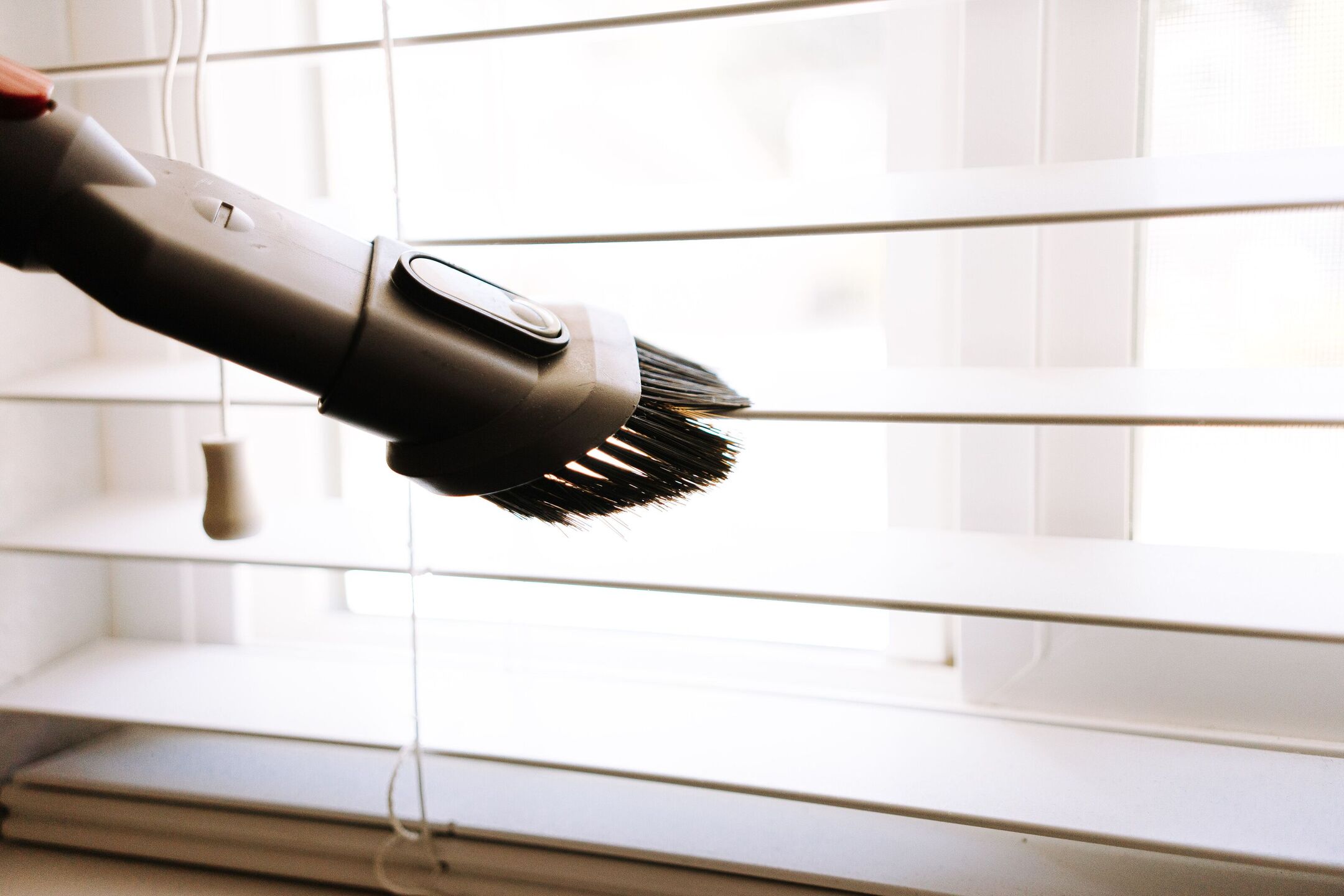

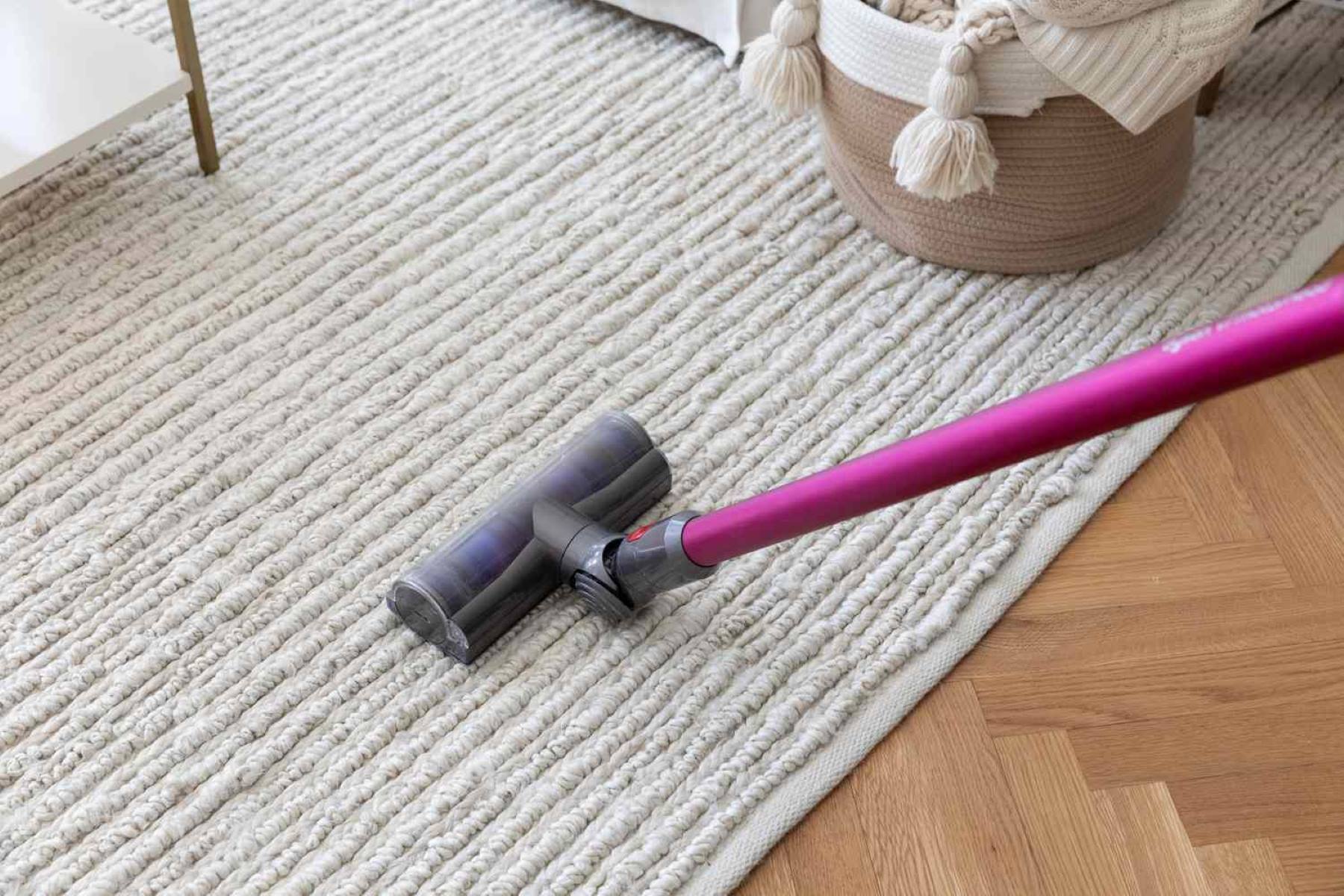


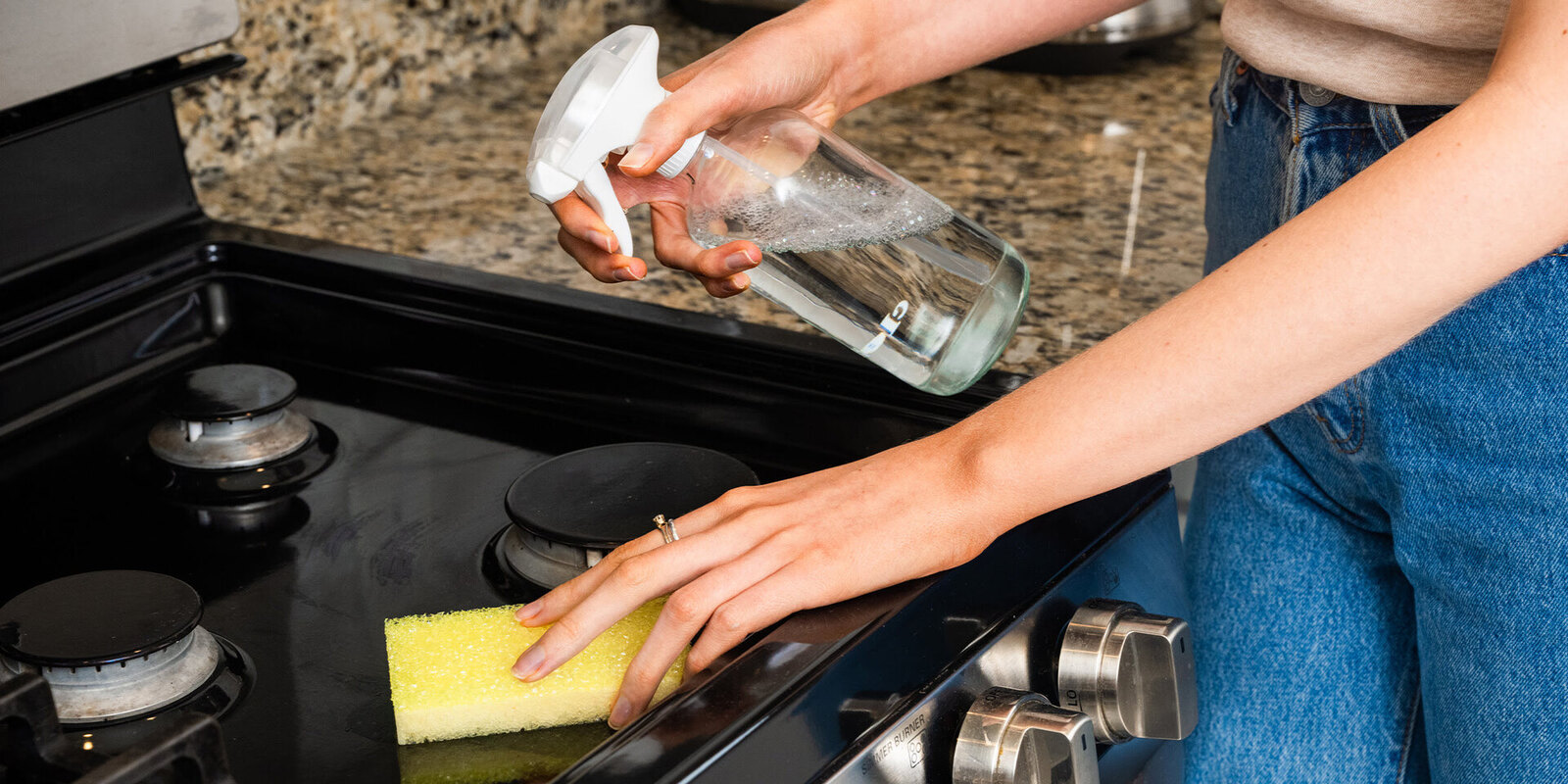
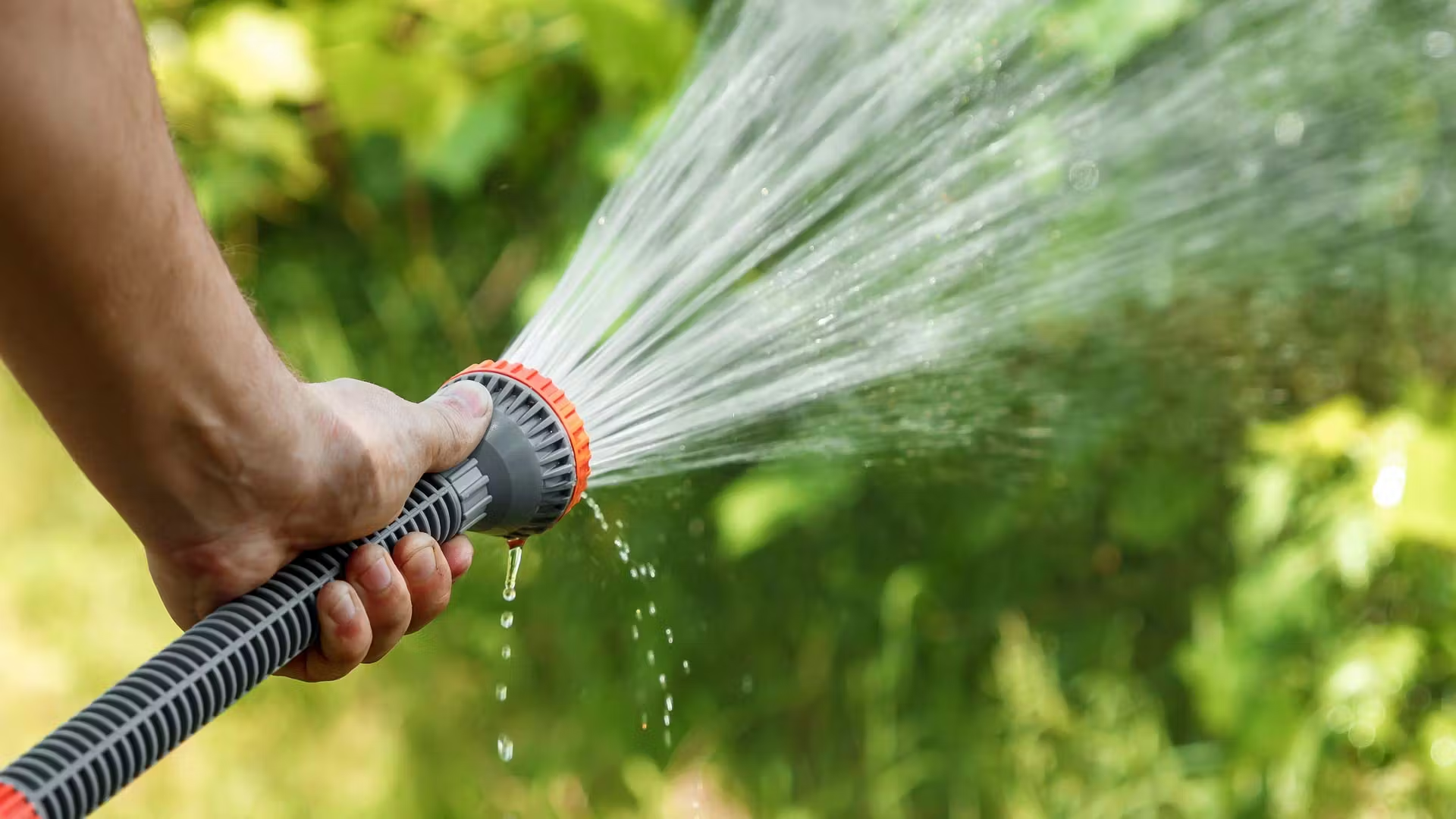
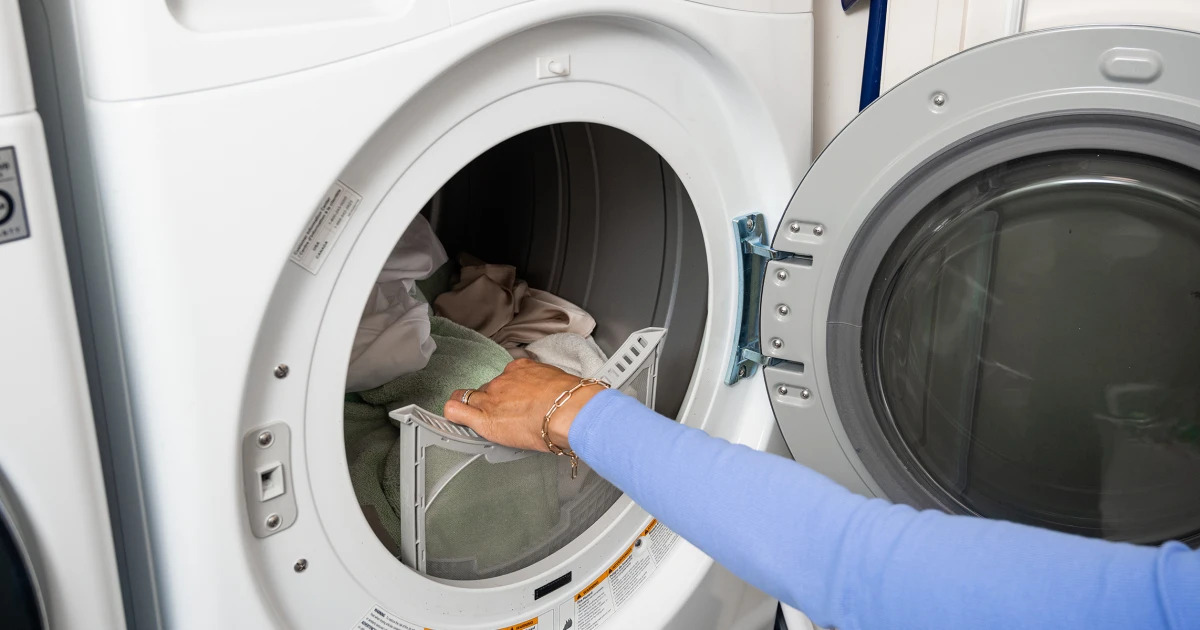
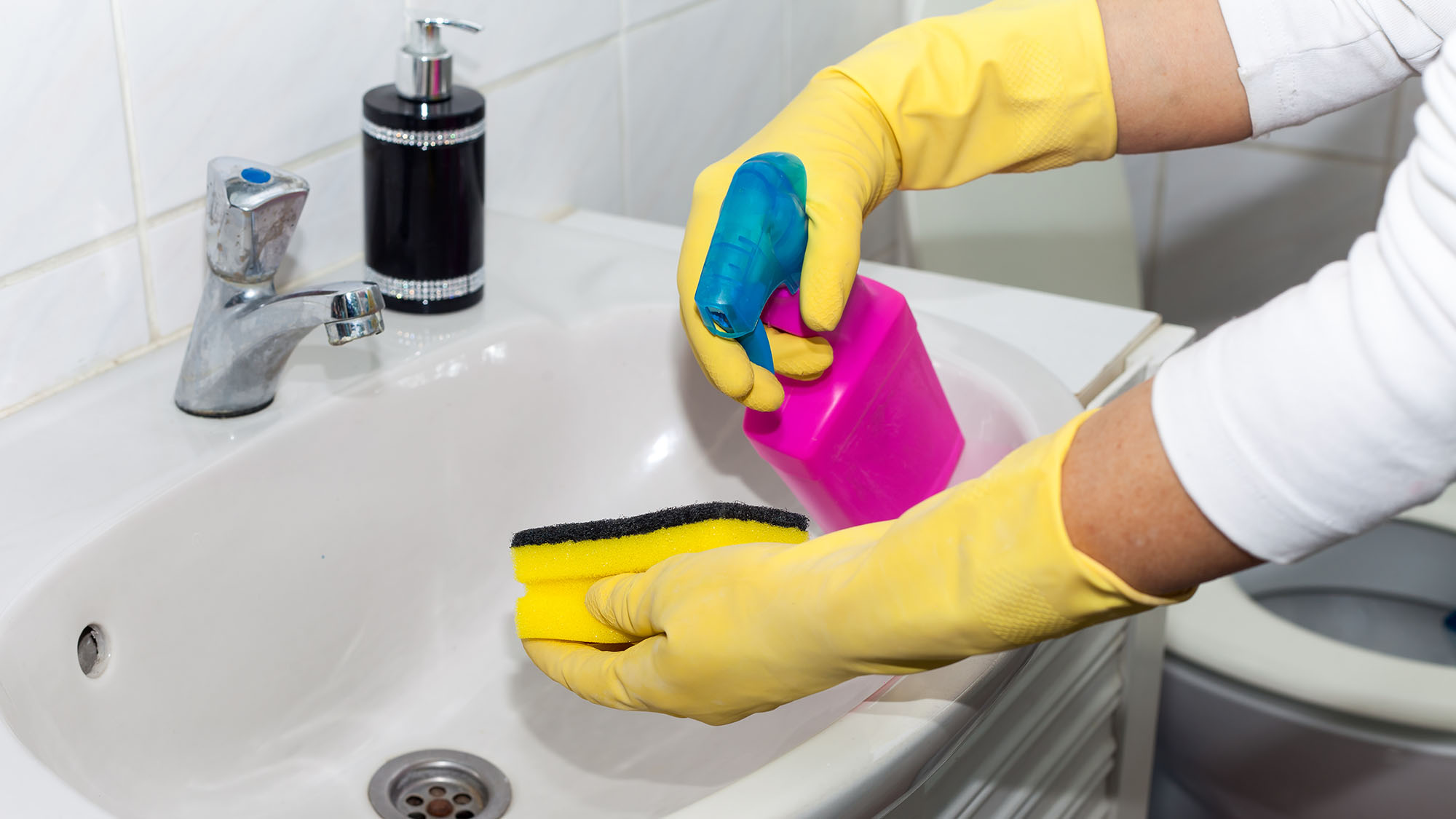
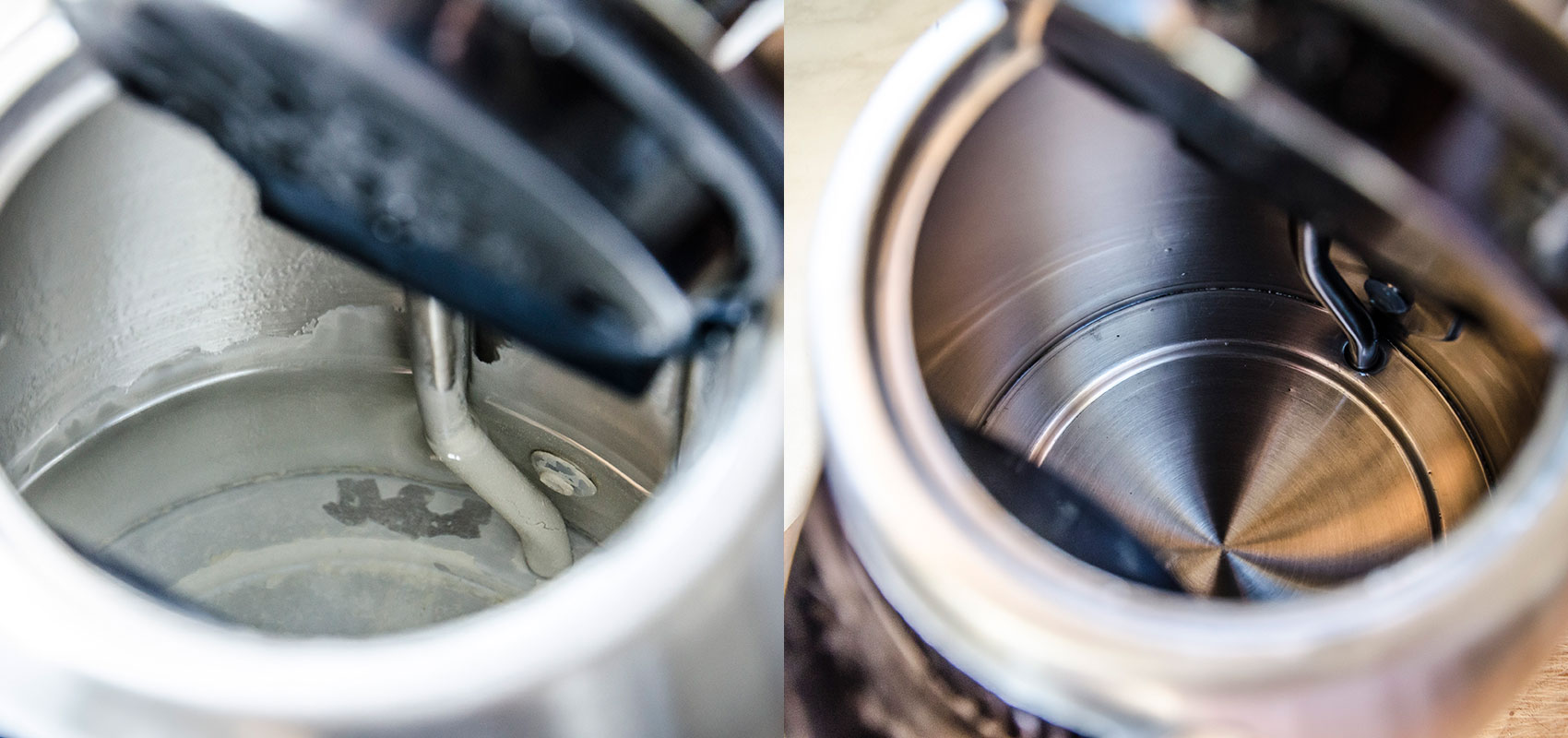
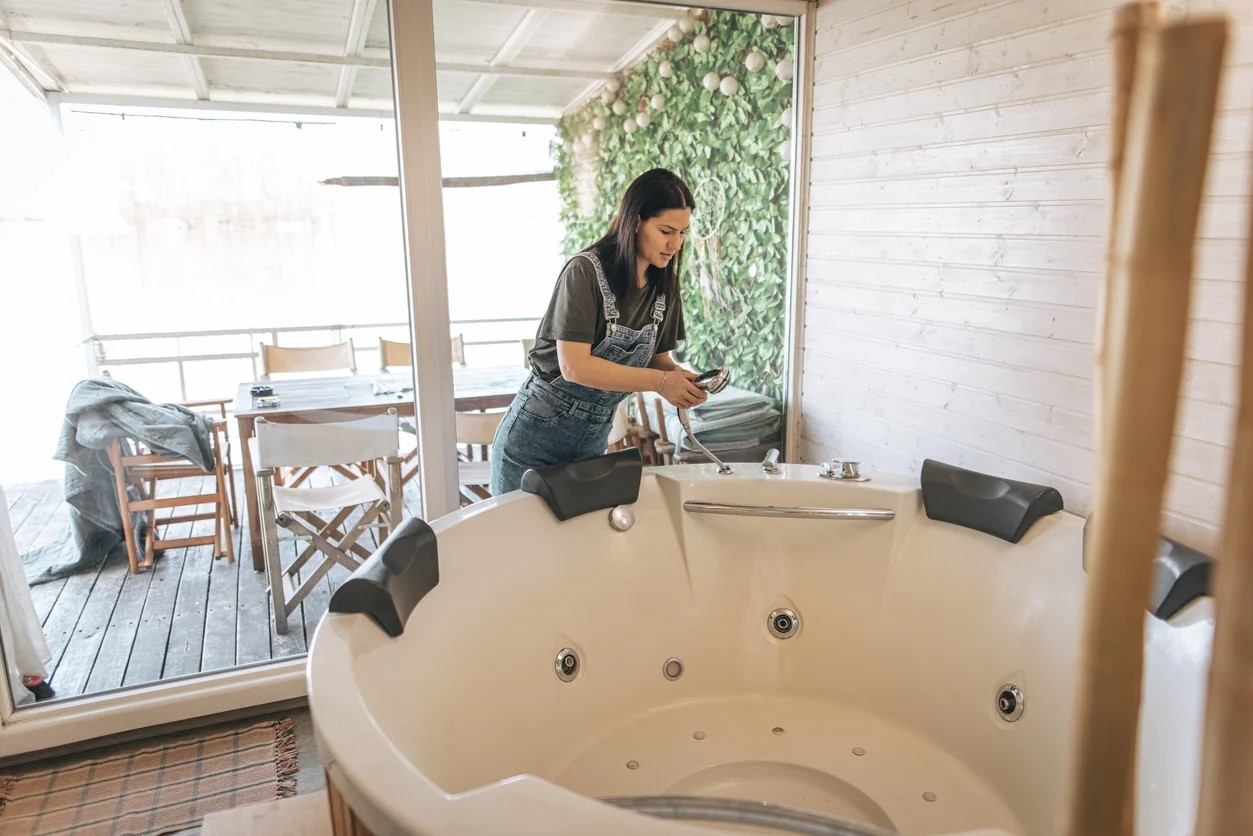
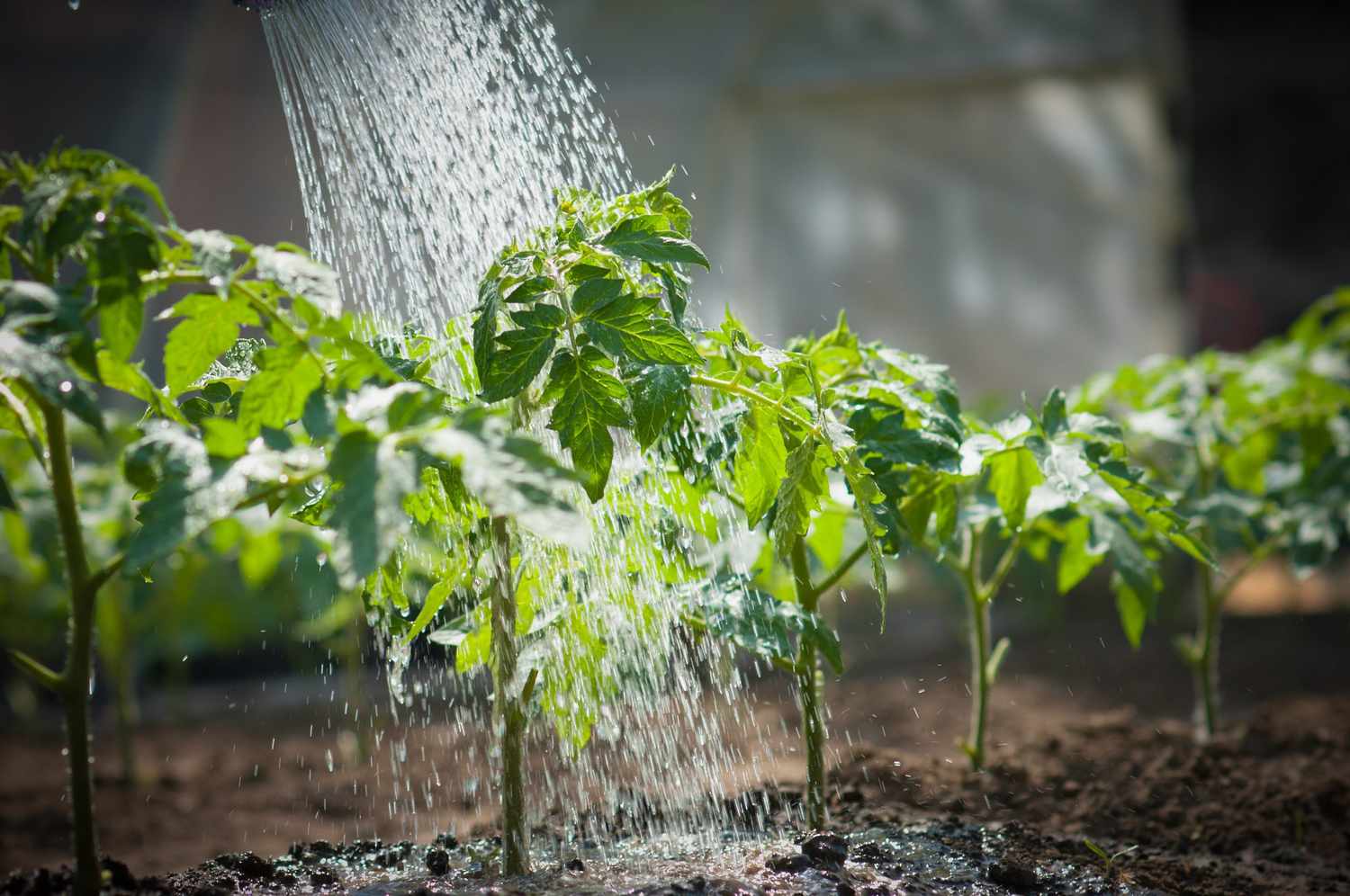
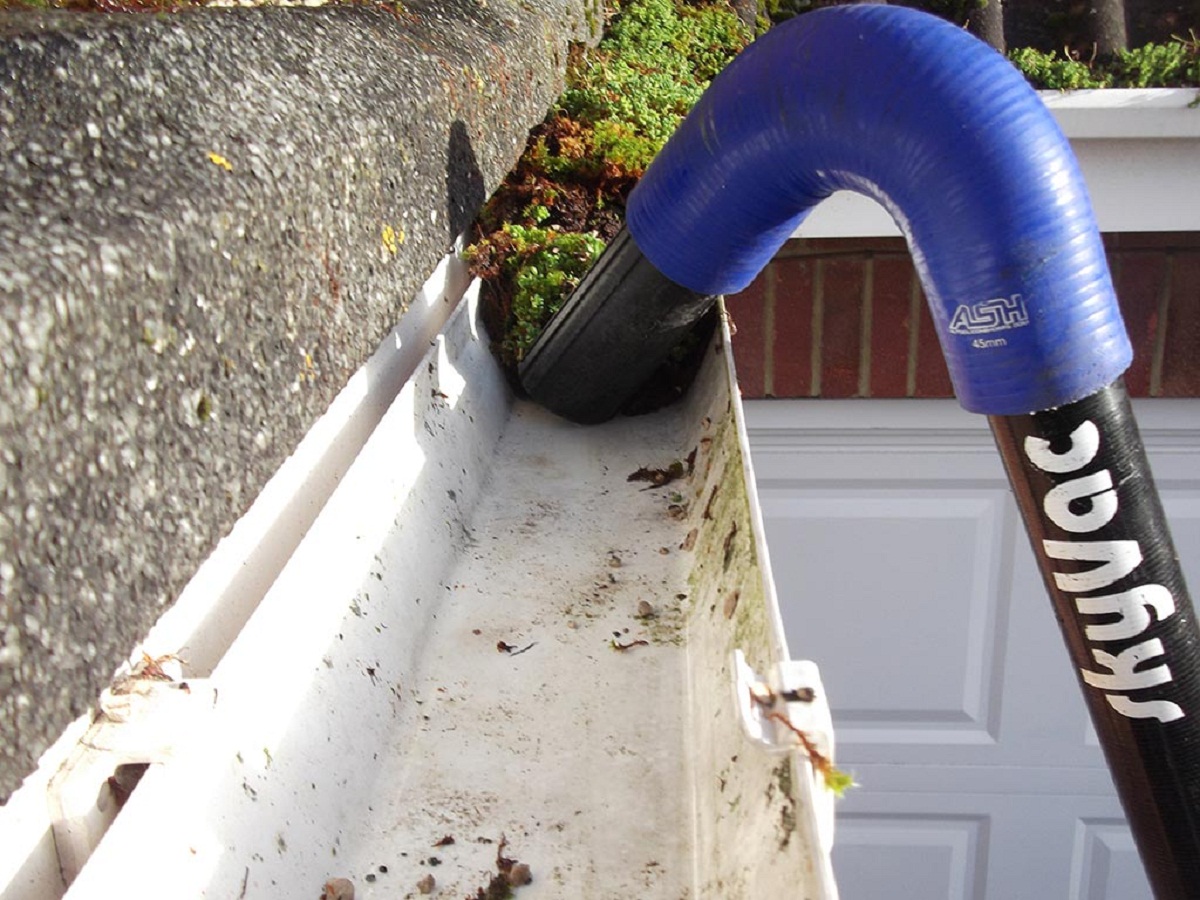

0 thoughts on “How Often Should You Clean Water Dispenser”